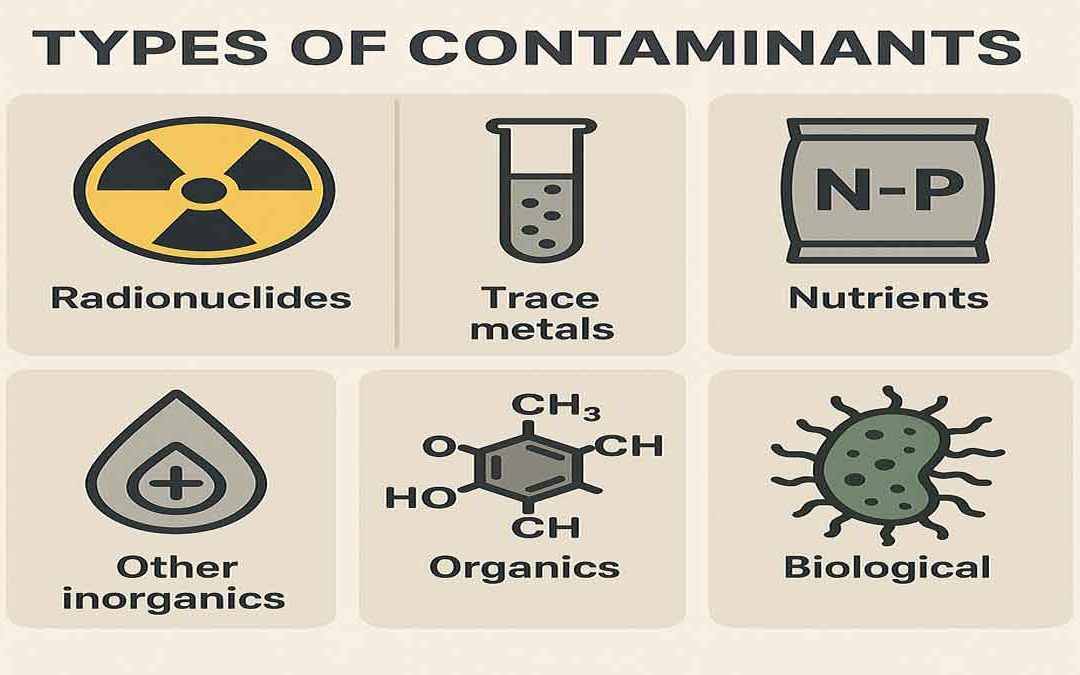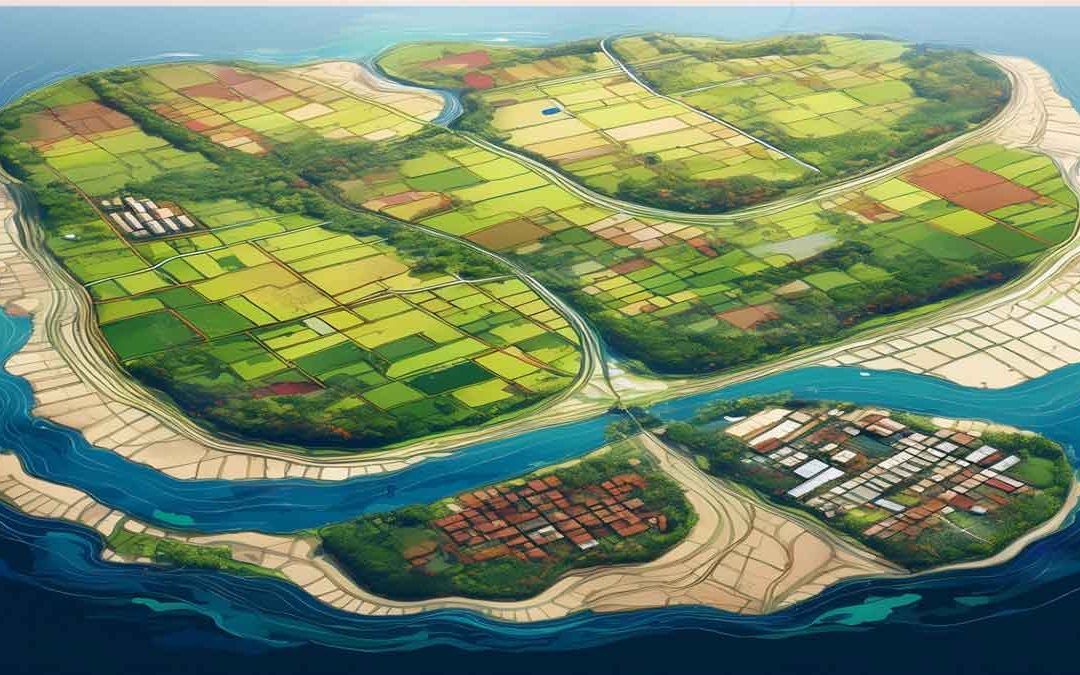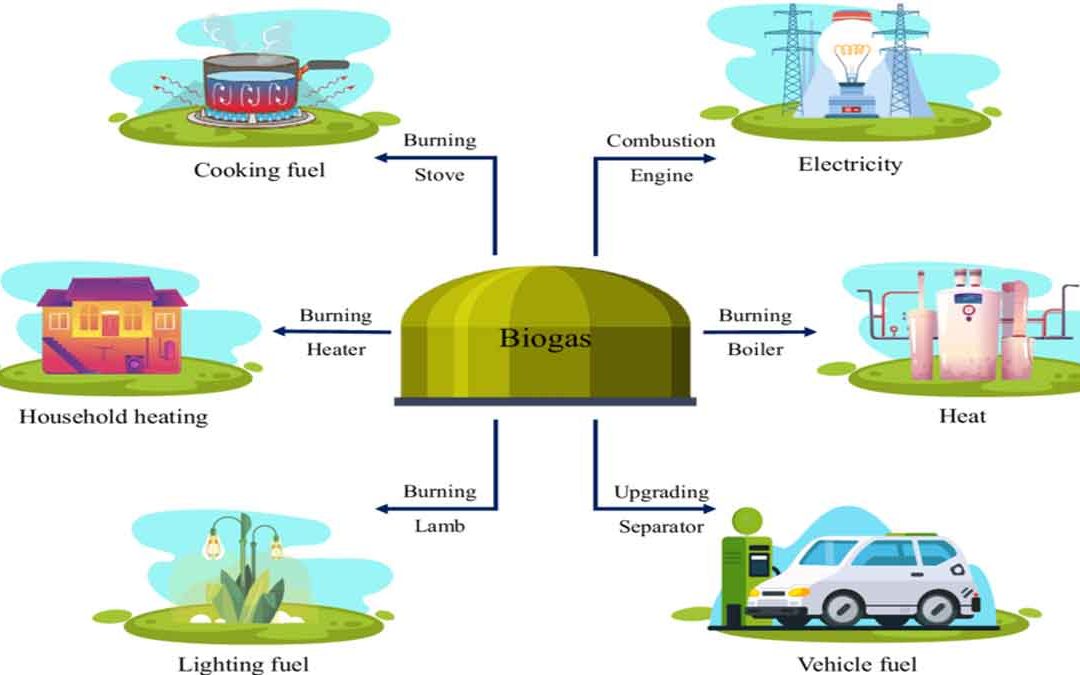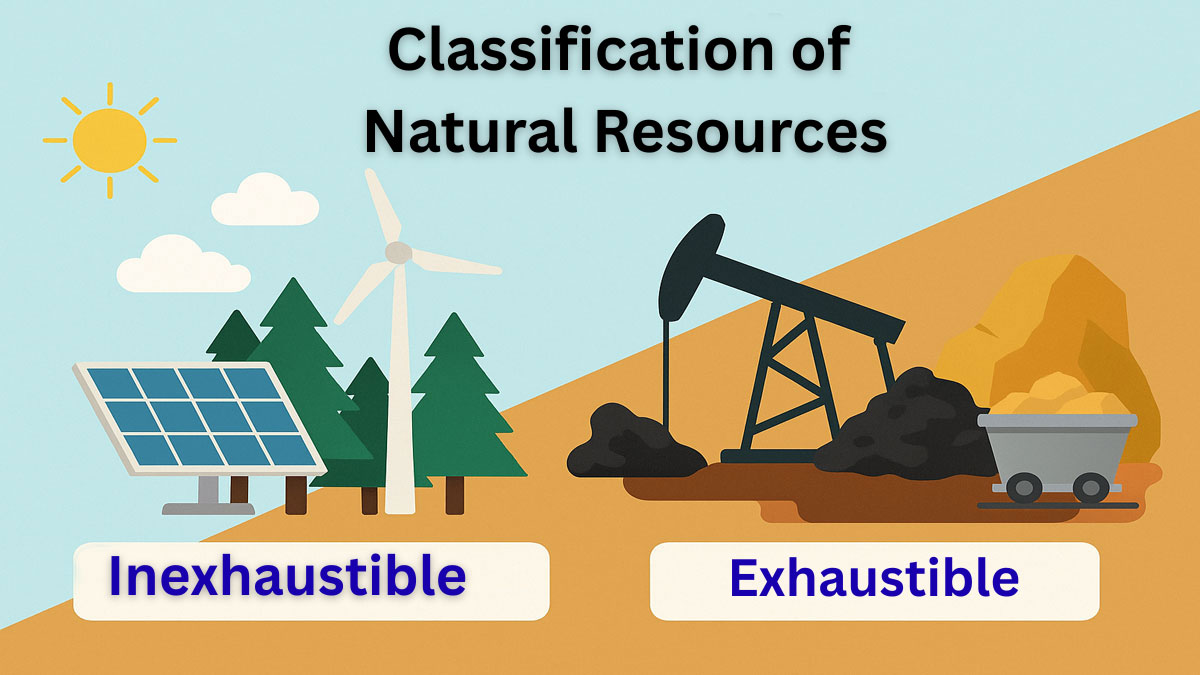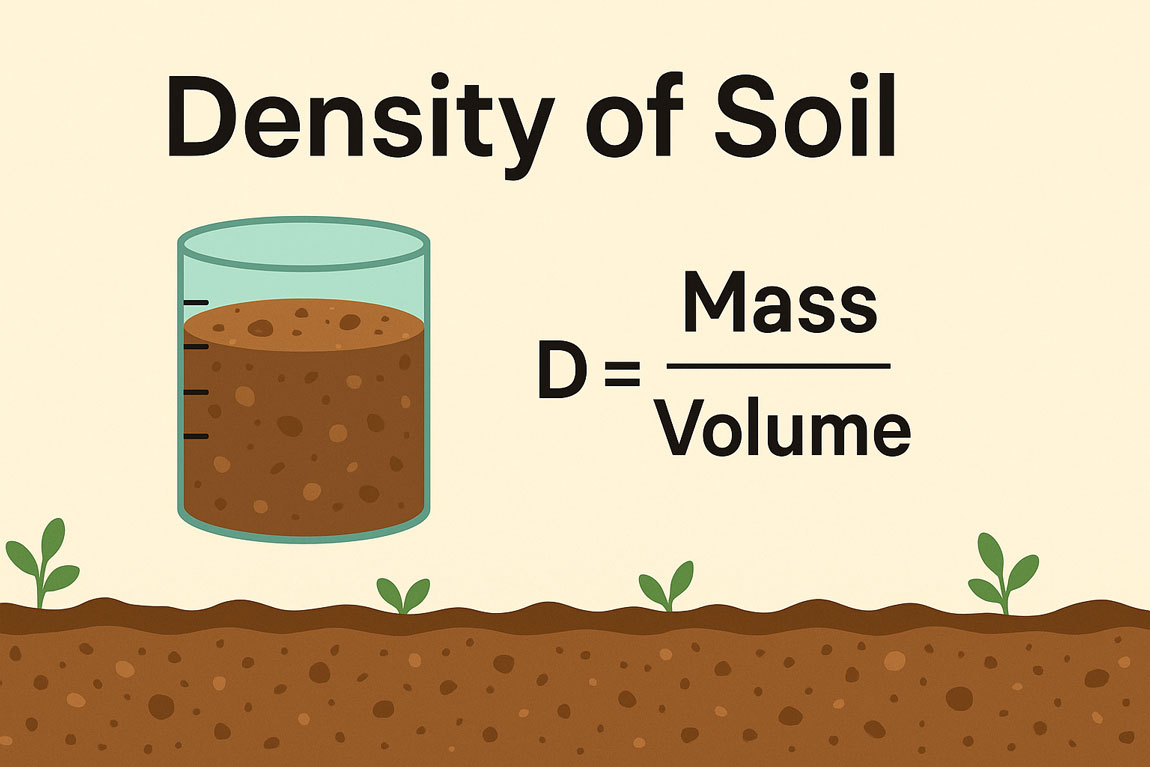
by Gelogia Team | May 25, 2025 | Hydrology
What are Contaminants? Any solutes (contaminants) introduced into the groundwater environment. Contamination is the presence of a constituent, impurity, or some other undesirable element that renders something unsuitable, unfit, or harmful for the physical body,...

by Gelogia Team | May 23, 2025 | Physical Geology & Geomorphology
“E-waste” is a popular, informal name for electronic products nearing the end of their “useful life. It is considered dangerous, as certain components of some electronic products contain materials that are hazardous, depending on their condition and...

by Gelogia Team | May 22, 2025 | Economic Geology
Land is a valuable resource, and using it wisely is important for sustainable growth. In Bangladesh, the land use policy helps manage land use in a planned and responsible way. It aims to protect farmland, boost the economy, and care for the environment while...

by Gelogia Team | May 21, 2025 | Physical Geology & Geomorphology
Biogas is a useful source of clean energy that comes from waste like animal dung and plants. It can be used for cooking, making electricity, and helping plants grow better with natural fertilizer. Besides being helpful at home and on farms, biogas also helps keep the...

by Gelogia Team | May 21, 2025 | Physical Geology & Geomorphology
Biogas is a renewable energy produced by fermenting organic materials such as animal waste and agricultural residues under anaerobic conditions. As fossil fuels continue to deplete, biogas provides a sustainable alternative for cooking, lighting, and power generation,...
